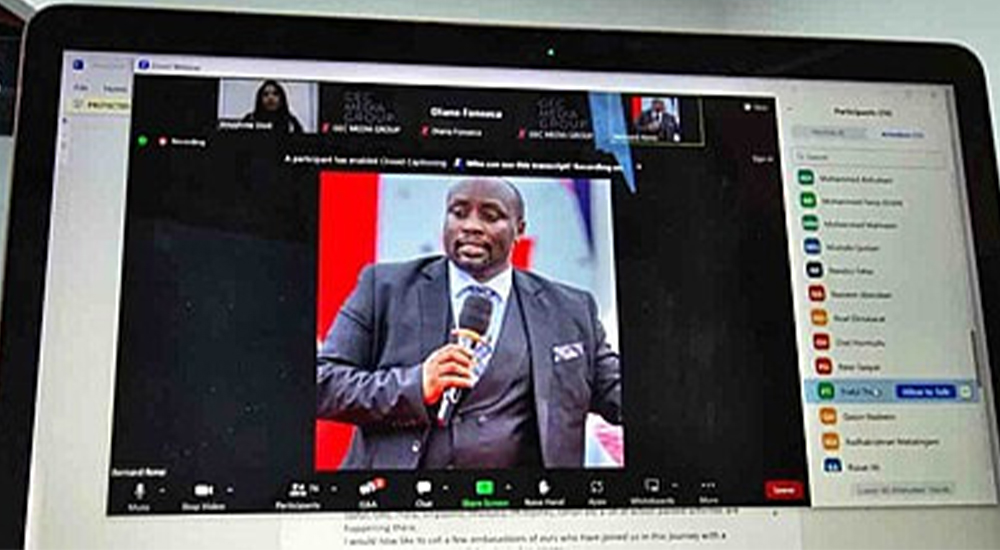During an infectious disease outbreak, such as the current outbreak of COVID-19, small business owners must prepare for disruption in their business as well as prepare to protect their employees’ health and safety in the workplace.
Coronavirus disease 2019 (COVID-19) is a respiratory illness that can spread from person to person. It spreads between people who are in close contact with one another (within about 6 feet) and through respiratory droplets produced when an infected person coughs or sneezes. Symptoms can include fever, cough, or difficulty breathing, which may appear 2-14 days after exposure.
These steps are recommended to protect employees and prepare your business for disruption:
Identify a workplace coordinator who will be responsible for COVID-19 issues and their impact at the workplace.
Examine policies for leave, telework, and employee compensation.
- Leave policies should be flexible and non-punitive, and allow sick employees to stay home and away from co-workers. Leave policies should also account for employees who need to stay home with their children if there are school or childcare closures, or to care for sick family members.
- When possible, use flexible worksites (e.g., telework) and flexible work hours (e.g., staggered shifts) to help establish policies and practices for social distancing (maintaining distance of approximately 6 feet or 2 meters) between employees and others, especially if social distancing is recommended by state and local health authorities.
Review your leave policies with all employees and provide information about available employee assistance services. Share information on steps they can take to protect themselves at work and at home, and any available
Identify essential employees and business functions, and other critical inputs such as raw materials, suppliers, subcontractor services/products, and logistics required to maintain business operations. Explore ways you can continue business operations if there are disruptions.
Prepare business continuity plans for significant absenteeism, supply chain disruptions, or changes in the way you need to conduct business.
Establish an emergency communications plan. Identify key contacts (with back-ups), chain of communications (including suppliers and customers), and processes for tracking and communicating about business and employee status.
Share your response plans with employees and clearly communicate expectations. It is important to let employees know plans and expectations if COVID-19 occurs in communities where you have a workplace.
Source: https://www.cdc.gov/coronavirus/2019-ncov/community/guidance-small-business.html




